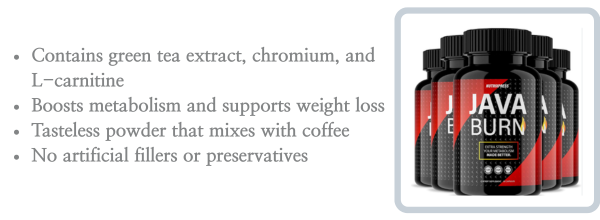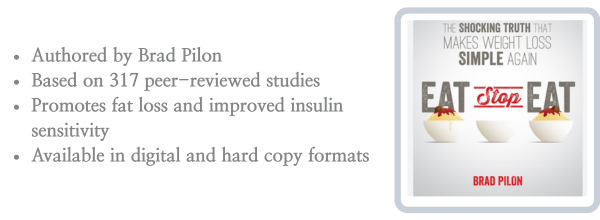
Top Weight Loss Tips for Beginners That Actually Work and Keep You Motivated
Weight isn’t just about the number on the scale—it affects how you feel throughout the day, from the moment you wake up to how easily you move around or even how confident you are in social situations. This article isn’t about crash diets or magic solutions. Instead, it offers down-to-earth, practical changes that can build toward a healthier lifestyle over time—something that feels realistic and sustainable.
Think about this: Have your favorite jeans started to feel snug lately? Or maybe you’ve been feeling a bit off—less energy, avoiding mirrors, or not feeling your best in social settings. These experiences are common, and recognizing them is often the first spark that leads to lasting change.

Signs You Might Be Ready for Change
- You feel unusually tired during the day
- Everyday tasks seem more exhausting than they used to
- Clothes are fitting differently
- You’ve noticed shifts in your mood or drive
- You find yourself turning down social plans more often
These aren’t just surface-level issues—they’re meaningful signals that something in your routine might be worth adjusting.
What Could Be Causing It?
- A mostly sedentary routine
- Fast or processed food becoming your go-to
- Gradual increases in portion sizes
- Eating to cope with stress instead of hunger
- Inconsistent physical activity
- Gaps in understanding your nutritional needs
Of course, every person’s situation is different. Most of us face a mix of these challenges, which is why there’s no one-size-fits-all solution.
What Can You Do?
Build Habits That Stick
Instead of treating weight loss like a temporary mission, try seeing it as a shift in daily habits. According to the Mayo Clinic, the most effective long-term approach combines balanced nutrition with regular movement.
| Category | Action | Purpose |
|---|---|---|
| Nutrition | Include more colorful vegetables, fruits, and whole grains | Improve nutrient intake and meal satisfaction |
| Nutrition | Track meals and energy levels in a simple journal | Identify patterns that affect mood and energy |
| Activity | Take daily walks while listening to music or podcasts | Build consistent movement without pressure |
| Activity | Engage in light home activities (e.g., dancing, cleaning) | Find joy in natural movement and reduce stress |
| Mindset | Set small, achievable goals (e.g., 250-calorie reduction) | Promote steady progress without burnout |
Think Beyond Calories
Rather than obsessing over every number, aim to eat meals that are colorful and balanced. Including a wide variety of vegetables, fruits, whole grains, and lean proteins not only provides essential nutrients but also makes meals more satisfying and visually appealing.
Track What Matters to You
Keeping a basic journal of what you eat or how your energy levels feel after certain activities can offer surprising insight. It’s not about being strict—it’s about learning what actually works for you.
Set Practical, Meaningful Goals
Experts at FamilyDoctor.org note that reducing your daily intake by as little as 250 calories could lead to nearly 20 pounds of weight loss over a year. These types of slow, steady improvements tend to last.
Move in a Way That Feels Natural
Don’t feel pressured to dive into intense gym routines right away. Whether it’s walking while listening to a podcast or dancing around the house, the key is to choose something you actually enjoy. That’s what helps it stick.
And remember—your progress doesn’t have to mirror anyone else’s. Take it one step at a time, stay open to adjustments, and give yourself the patience you’d offer a friend.
Each offers exceptional value and is designed to support your health in meaningful ways


